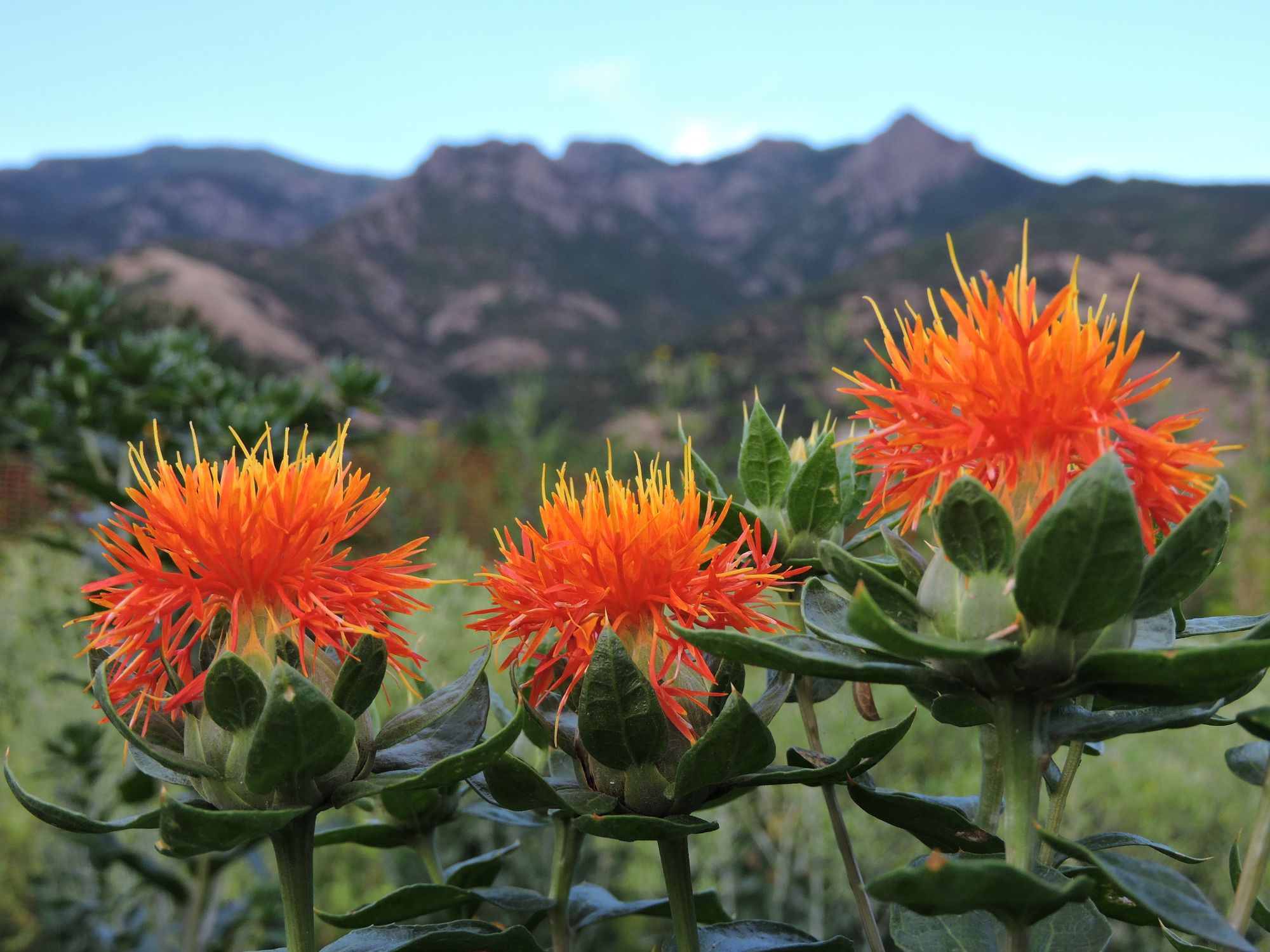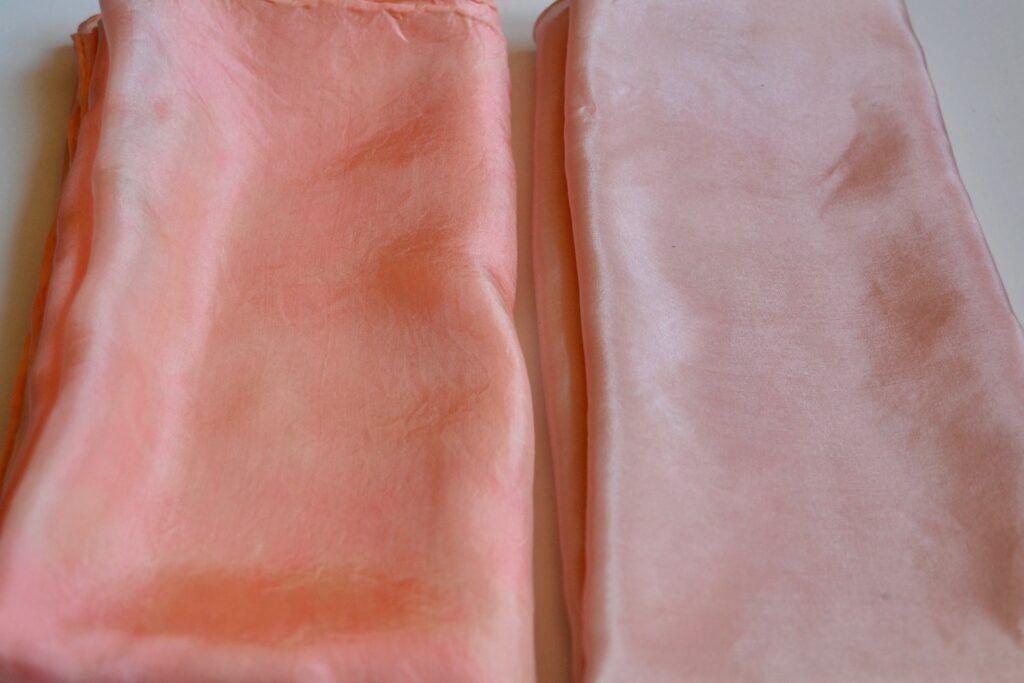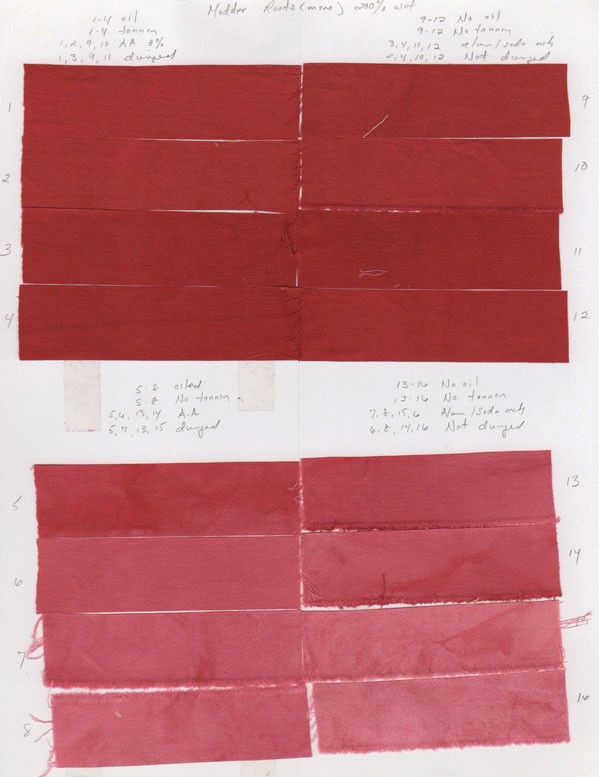Heartbeat III: Ishq-e-Haqeeqee vs Ishq-e-Majaazee

What type of love do we need? There are two types of love as mentioned before. However, to understand them, they need to be discussed further. The Khanda is a double-edged sword that can represent love. Both of the edges are sharp and fatal but their strikes are different from each other. In the same way, love can be felt in two different ways too. One experience happens where our emotional investment leads to inevitable pain and the other leads to merging with the Form of Love – Vaheguru – Themselves.
In Sufi belief, Ishq is split into two types: Ishq-e-Haqiqi and Ishq-e-Majazi (Ishq is an Arabic word for love).
Ishq-e-Majazi is love that is limited to this world. When someone is emotionally attached to a person that is referred to as Ishq-e-Majazi. As much as the world may idealize this type of love, it is a weak form. Let us unpack the weakness of Ishq-e-Majazi through a story.
There was a king known as Raja Bharathari Ji. He was running a kingdom while under the blind in his wife’s love (her name was Pingala). He had so much emotional attachment to her that when she tried to cheat on him, he could not believe the accusers. When Bharathari Ji’s brother complained about his wife, the king did not question his wife’s faithfulness.
While this was happening, a poor couple (Bharathari Ji’s subjects) had done a lot of Bhagti. They received a magical reward called an Amar-Fal (a fruit of immortality). They thought it would go wasted if they had eaten it themselves because if they lived forever, they would remain poor even longer. They thought it would be best in the hands of the good King Bharathari Ji who will rule the kingdom righteously forever. The King gave it to his wife (Pingala) as his love would live forever. This seems quite romantic but his wife made a mistake.
Pingala gave the fruit to one of the King’s workers who happened to be her lover. The lover then gave it to a prostitute who he admired. The prostitute was ashamed of her work and would not want to commit such deeds forever. The prostitute ended up giving it to the King in admiration of his great reign. Raja Bharathari’s fantasy of his wife broke upon this realization and found out his wife was actually cheating on him. Our focus is not necessarily on the act of cheating but on the point where his affection ended for his wife. This happens because we realize the person we love is not who we expected them to be. In this case, it was cheating that broke the expectation but in most cases, it’s smaller things such as someone’s daily routine, habits, communication skills, and personality changes that will break our expectations.
Even if the relationship endures, heartbreak will occur when either one of them dies. The love of a human has its limitations. This Ishq-e-Majazi pales in comparison to Ishq-e-Haqiqi. Ishq-e-Majazi can only serve as a potential metaphor for something greater than it: Immortal Love.
Ishq-e-Haqiqi is the Love of The Real or True Love. This Love is Divine Love. When we see this manifestation/world as a dream then the only reality is Vaheguru. To put it simply, Ishq-e-Haqiqi is the Love of God.
If we apply the concepts of Ishq-e-Majazi to God then this becomes Ishq-e-Haqiqi. Gurbani and Sufi poetry use romantic themes with double meanings. The person who is in love with a human will see it from a worldly perspective. The person who knows about the Love of Akaal Purakh will be able to make sense of the poetry through spiritual concepts such as Bibek, Vairaag, among other things. We will be going through examples of these in Gurbani and Sikh history in future sections of this pothi. This may not make sense right now, as you may still value worldly love but please accept the following as the Truth: Divine Love is the only type of love that has a happy ending of Mukti/Liberation, Salvation, Kalyan, Anand, etc. The person who walks on this path then merges with The Beloved. Ishq-e-Haqiqi is Pure Happiness.
In Sri Sukhmani Sahib, Dhan Dhan Sri Guru Arjan Dev Sahib Maharaj explain the state of those who love the temporary. This can include people, things, places, ideas, etc:
ਅਨਿਕ ਭਾਤਿ ਮਾਇਆ ਕੇ ਹੇਤ ॥
Anik Bhaath[i] Maaeiaa Kae Haeth
There are many ways to love Maya (manifestation)
ਸਰਪਰ ਹੋਵਤ ਜਾਨੁ ਅਨੇਤ ॥
Sarpar Hovath Jaan[u] Anaeth
Without a doubt, know Maya to be inconsistent/temporary
ਬਿਰਖ ਕੀ ਛਾਇਆ ਸਿਉ ਰੰਗੁ ਲਾਵੈ ॥
Birakh Kee Chhaeiaa Sio[u] Ra[n]g[u] Laavai
Falling in love with the shade of a tree
ਓਹ ਬਿਨਸੈ ਉਹੁ ਮਨਿ ਪਛੁਤਾਵੈ ॥
Oh Binasai; Ouh[u] Man[i] Pachhuthaavai
When the tree dies/shade goes away, that mind [loved the tree] regrets [ever falling in love with the temporary]
ਜੋ ਦੀਸੈ ਸੋ ਚਾਲਨਹਾਰੁ ॥
Jo Dheesai So Chaalanhaar[u]
Whatever can be seen will have to go
ਲਪਟਿ ਰਹਿਓ ਤਹ ਅੰਧ ਅੰਧਾਰੁ ॥
Lapat[i] RahiO Thah A[n]dhh A[n]dhhaar[u]
If you cling on to this (temporary things/people),
then you are considered blind in the darkness
ਬਟਾਊ ਸਿਉ ਜੋ ਲਾਵੈ ਨੇਹ ॥
Bataaoo Sio[u] Jo Laavai Naeh
Whoever loves a traveller (referring to the temporary existence of a human and other things in creation)
ਤਾ ਕਉ ਹਾਥਿ ਨ ਆਵੈ ਕੇਹ ॥
Thaa Ko[u] Haathh[i] n Aavai Kaeh
They will be left with nothing in their hands.
ਮਨ ਹਰਿ ਕੇ ਨਾਮ ਕੀ ਪ੍ਰੀਤਿ ਸੁਖਦਾਈ ॥
Man Har[i] Kae Naam Kee Preeth[i] Sukhdhaaee
The Love of Vaheguru’s Name is the Giver of Peace
ਕਰਿ ਕਿਰਪਾ ਨਾਨਕ ਆਪਿ ਲਏ ਲਾਈ ॥੩॥
Kar[i] Kirpaa Nanak Aap[i] La-ae Laaee
May Guru Sahib do Kirpa [upon us] and
Vaheguru – Themselves – attach us to Them
Gurbani Ji blesses us with many spiritual lessons using nature as a metaphor. The following two plants are often contrasted to show us the two types of love. Bhagat Ravidas Ji makes reference here:


Both of these plants are used in dying clothes but have different results.

The Kusumbh flower has two types of dyes: weak yellow/orange dye and a light pink dye. This pink dye is not lightfast (so the Kusumbh colour begins to fade in sunlight). This colour represents the shallow love of the world.
The Majeett/Madder-Root dye is a stronger red colour that represents the Deep Love of Akaal Purakh. The Deeper the Red, the Stronger the Love.

This Divine Love makes us escape the world. So how can worldly love ever begin to compare? Imagine the strong passionate feelings behind romantic relationships. All of these feelings are exponentially stronger in spiritual love with Akaal Purakh. Ishq-e-Majazi is a matchstick compared to the dynamite of Ishq-e-Haqiqi that blows up the ego.
This theme of the shade/tints of the colour red (alluding to the depth of love) is repeated within Gurbani in other contexts as well. Please look out for future posts where they will be discussed with Guru Sahib's Kirpa.
–
Guru Panth da daas,
~Aaeenaa

